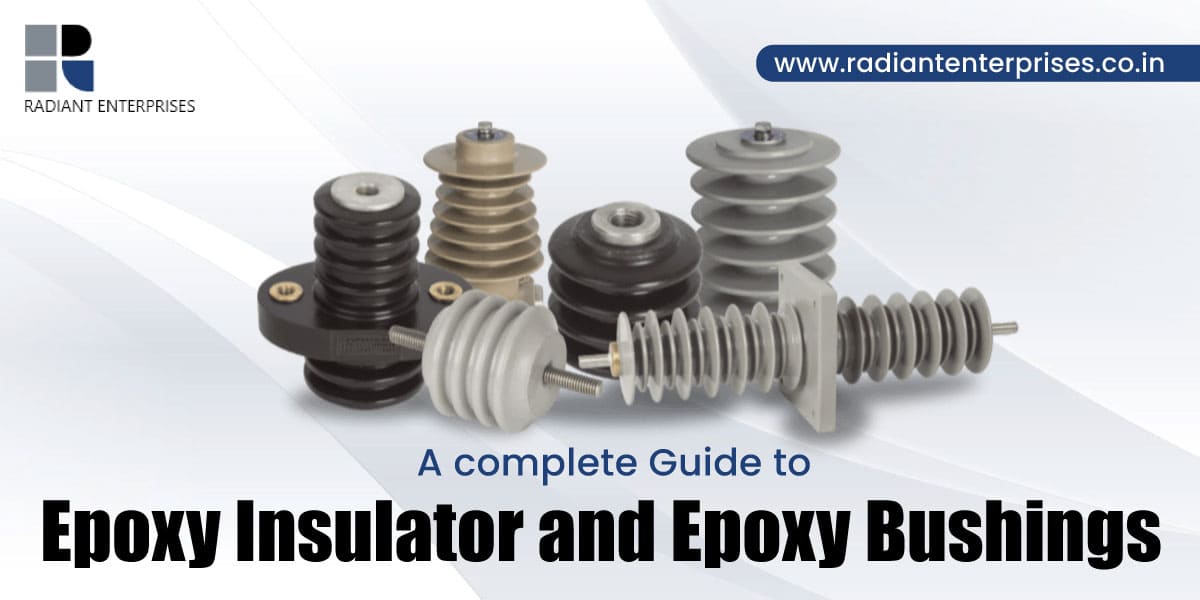
Fill all information details to consult with us to get services from us

The word "epoxy" comes from the chemical term for the end group of a molecule that consists of hydrogen and carbon atoms (cycl-CH2OCH). The functional features of epoxy, such as toughness, high weather resistance, and minimal shrinkage when they cure, are due to the position of oxygen along the the epoxide groups as well as carbon chain.
Epoxy resins have been widely utilised since since their discovery. Epoxy has been used for a wide variety of applications, including but not limited to: chemically resistant pipes and pumps, pottery moulds, impellers, press and vacuum forming tools, patterns and core boxes, moulds for RIM, laminates for aircraft and automobile components, fibre wound products, and, most importantly, epoxy has been used to make relays, coils, and transformers ever since it was discovered in the 1950s that it provided good electrical insulation and was very resistant to chemicals.
Which resin is most popular for making filament composites, laminates, castings, and mouldings?
Somewhat similar to Bisphenol A epoxy resin in terms of heat and chemical resistance, but with increased rigidity. Commonly used for making solid laminates, castings, and moulds.
These epoxy resins are the most "fire-resistant."
These are the most adaptable and/or flexible type of epoxy resin.
As it is very resistant to the effects of weather, epoxy resin is ideal for usage in the great outdoors. Mechanical strength in cycloaliphatic epoxy resin is high, however the material can be fragile due to its stiff structure.
Epoxy resin is used in the production of our epoxy insulators at Radiant Enterprises due of its many desirable properties, including resistance to tracking, self-scoring, weathering, and repeated heating and cooling to 120°F and -40°F. Therefore, epoxy is ideal for use in the production of epoxy bushings and insulators because to its excellent electrical and mechanical qualities.
Epoxy insulators as well as Epoxy bushings also make it possible to cast with metal conductors and other metal inserts. Flanges, holes, and cross sections can all be moulded into epoxy insulators or epoxy bushings as part of the overall design.
Epoxy resin produced by Radiant Enterprises is made from silica under strictly regulated pressure and temperature. A tight binding between metal and epoxy pieces is ensured by pouring the silica mixture into aluminium moulds designed and manufactured by Radiant Enterprises. Due to the low viscosity of the mixture, detailed designs can be formed, something that is impossible with porcelain insulators. Parts are cleaned, inspected, and tested to ensure the best quality before being dispatched to clients after being oven-cured to achieve the desired mechanical qualities.
Epoxy is stronger than polyester, wears better, and is more resistant to cracking when it is used to cover metal parts. Also, epoxy resin bushings and insulators are more resistant to chemicals than polyester bushings and insulators. Insulators made of epoxy resin also have high resistance and good dielectric strength. As a result, epoxy resin provides better electrical insulation than polyester. Epoxy is better than polyester for making bushings as well as insulators because it doesn't shrink much when it cures and sticks well to metal, wood, and other polar materials.
Insulators made of silicon rubber and EPR have a load-bearing fibreglass core in the middle and a polymer shell for electrical functions. Epoxy resin insulators, on the other hand, use the same material for both their mechanical as well as electrical functions. This reduces the number of connections, which is a very good thing.
Epoxy resin insulators are stronger than porcelain insulators. Also, they weigh about half as much as a porcelain insulator of the same size. Epoxy resin is also much easier to work with than porcelain because it is not brittle. This means that it can be moulded into complicated shapes and designs and can be made smaller than similar porcelain insulators and bushings.
Also, epoxy resin insulators don't track, cut themselves, or get damaged by weather, so they work well in all kinds of environments, even ones with a lot of pollution. Epoxy resin has UV resistance qualities that is resistant to ultraviolet rays and can take more physical damage than porcelain, so it won't break from a sudden change in temperature. The absence of metal end caps gives epoxy resin insulators a higher distance of dry arcing than the porcelain ones. Insulators made of epoxy resin can also handle high-power arcs without getting damaged or needing to be "cleaned up" afterward. Still, what's most important is that epoxy resin insulators are cheaper to make and keep up than porcelain insulators.